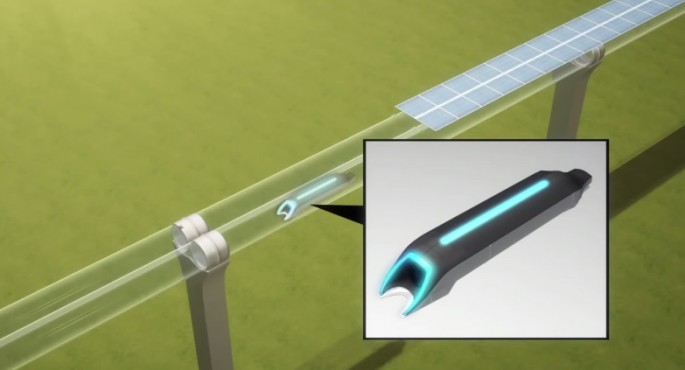The future of travel could lie in Tesla Motors and SpaceX's Elon Musk's brain child where a steel tube can provide transportation at almost 800 miles per hour. This could mean that people who are traveling between San Francisco and Los Angeles can achieve this in less than 30 minutes.
This futuristic Hyperloop transportation system will now have test tracks in southern California where several companies already announced their plans for other locations such as Texas and the rest of California where Hyperloop Transportation Technologies is now under CEO Dirk Ahlborn.
Ahlborn describes this as a capsule where people can ride in, that's hovering fast inside a glass tube. The environment inside this tube is filled with low pressure that is similar to an airplane in high altitudes. Almost without any resistance, the capsule can travel super fast with little energy required, which is 100 percent solar powered.
The capsule will essentially ride on a cushion of air that will be propelled by a magnetic linear accelerator which will be running above or below the ground under low pressure steel tubes, according to Musk.
Two years ago, Musk announced these plans where the Hyperloop can be described as combining a Concorde jet, a rail gun and an air hockey table where it can transport people at incredible speeds. Musk also claims that this can be an alternative to a high speed rail system that is much safer and faster at a lower cost which will also be convenient.
Last month, SpaceX announced that it would be building a mile long test track in their headquarters in California where it will host a competition for students and engineering teams to design the transport pods.
Ahlborn also reveals that during early 2016, this test track will run along Quay Valley, California where an eight kilometer track will be built in order to test passenger boarding optimization and capsule handling.
The test track will not result in 760 miles per hour however, this project is already breaking records with what's existing right now which is a crucial phase before building a full scale length model, he adds.



























